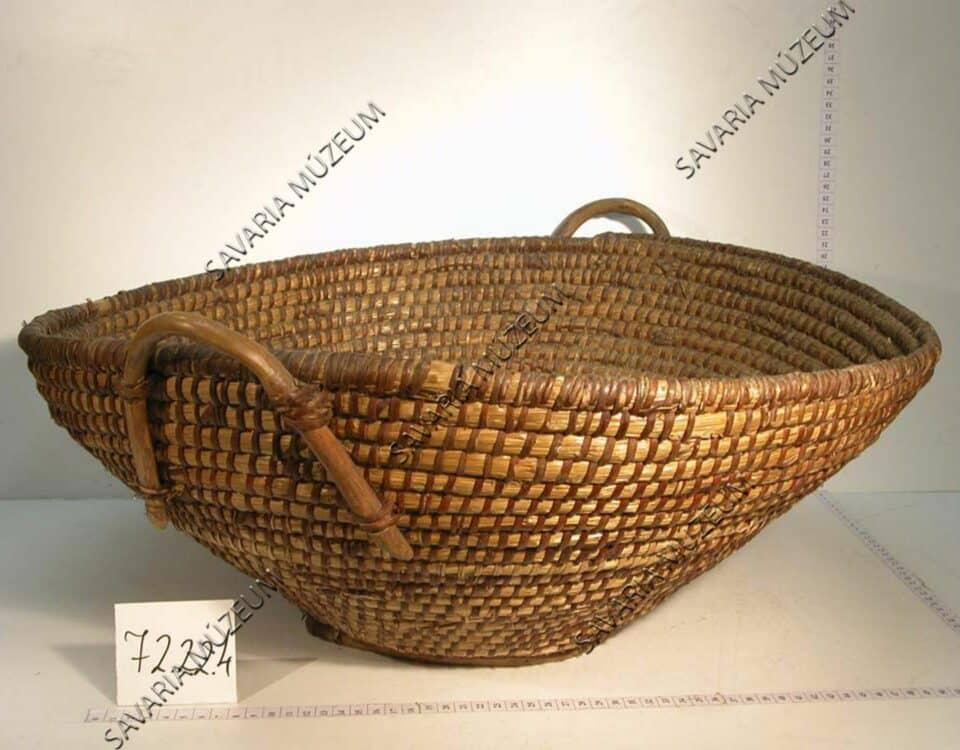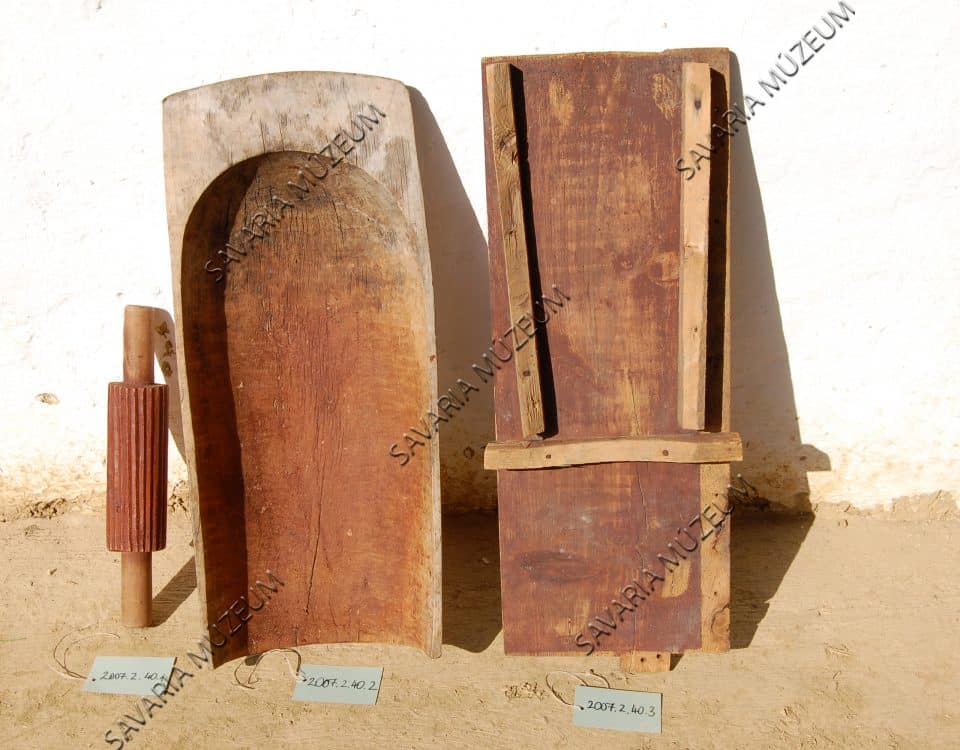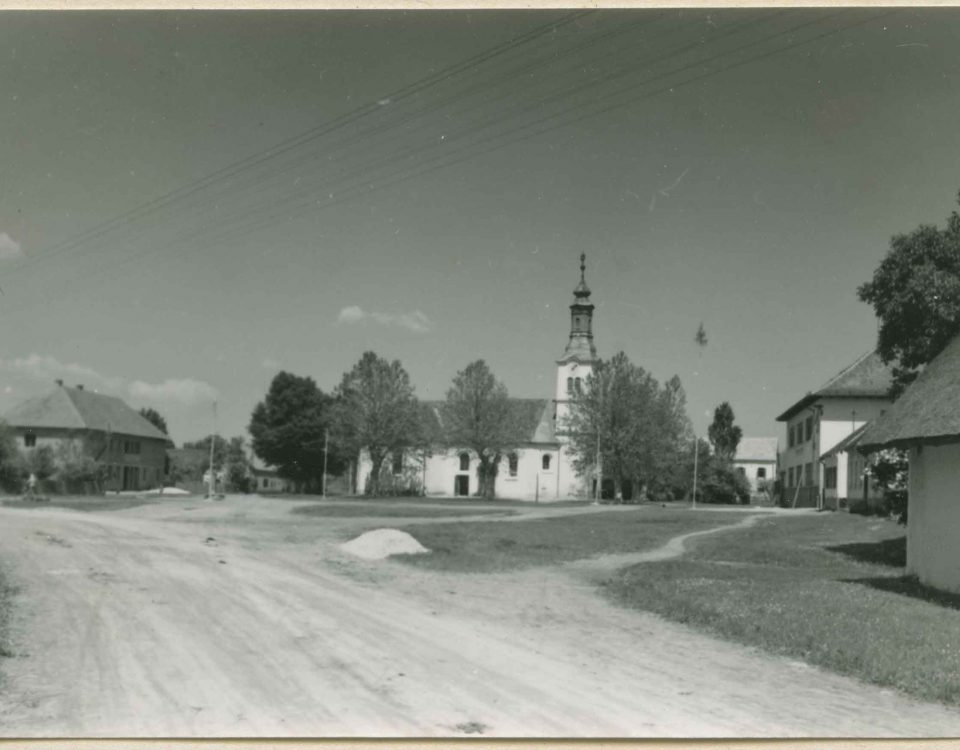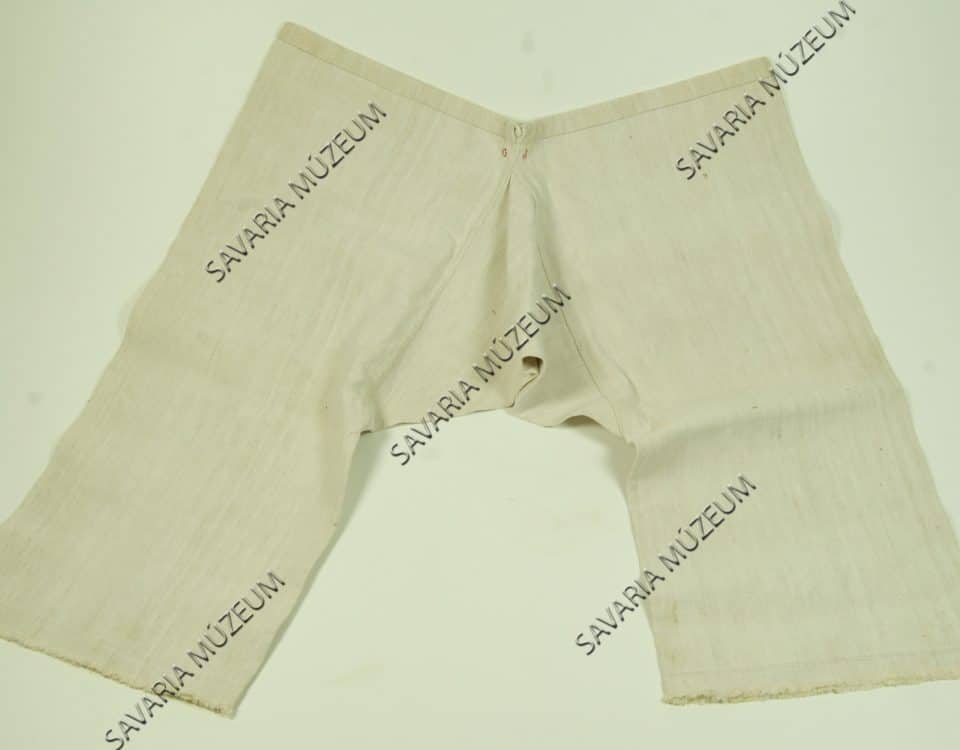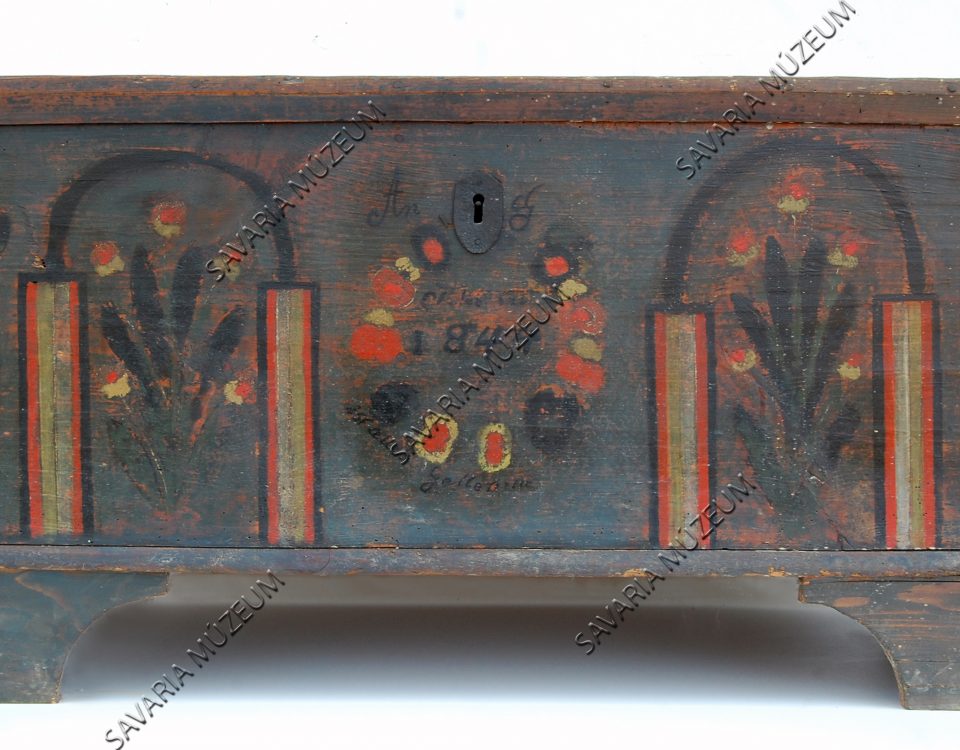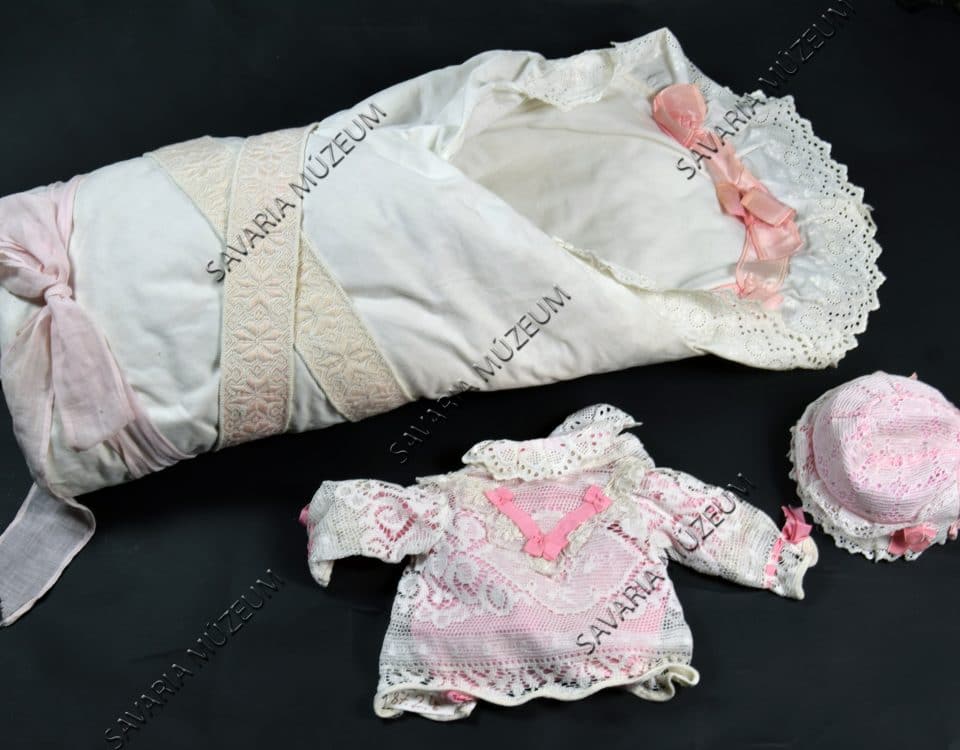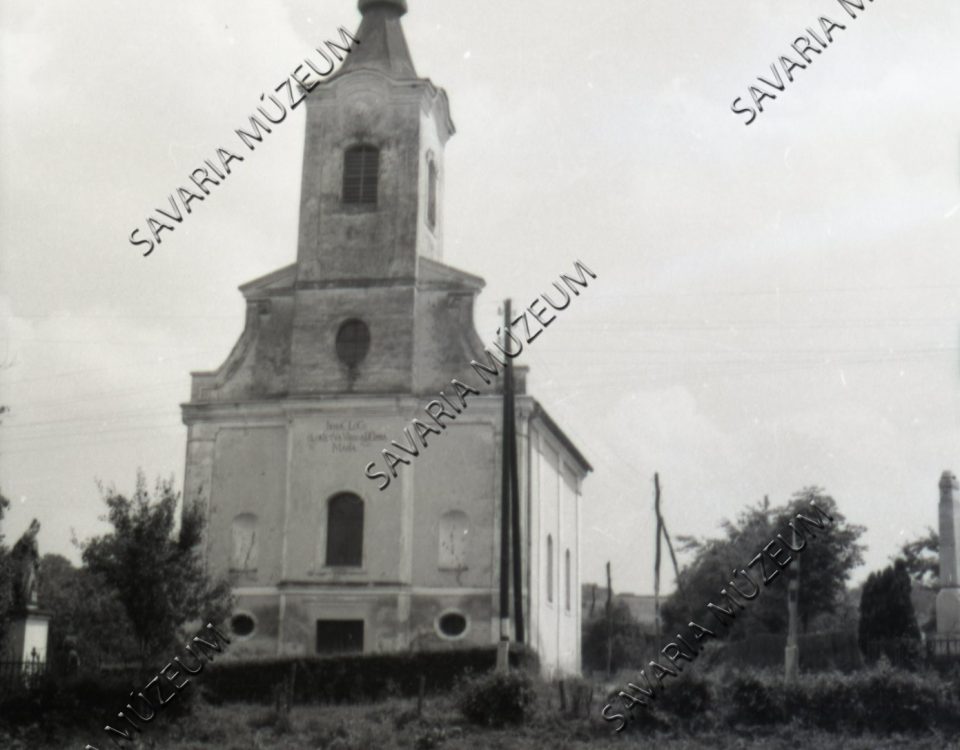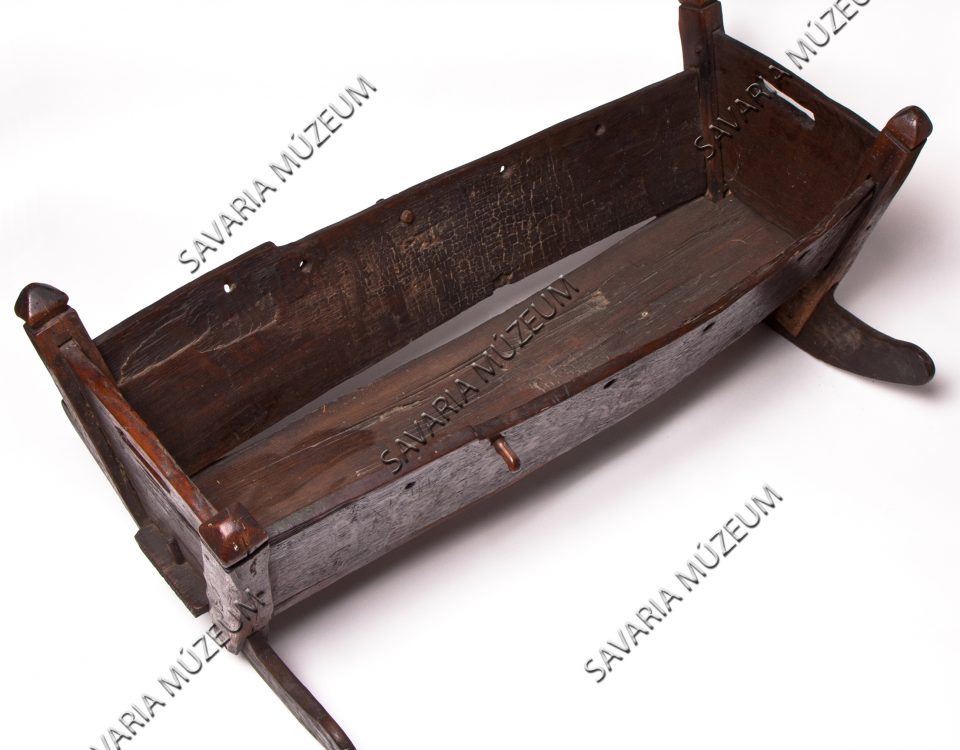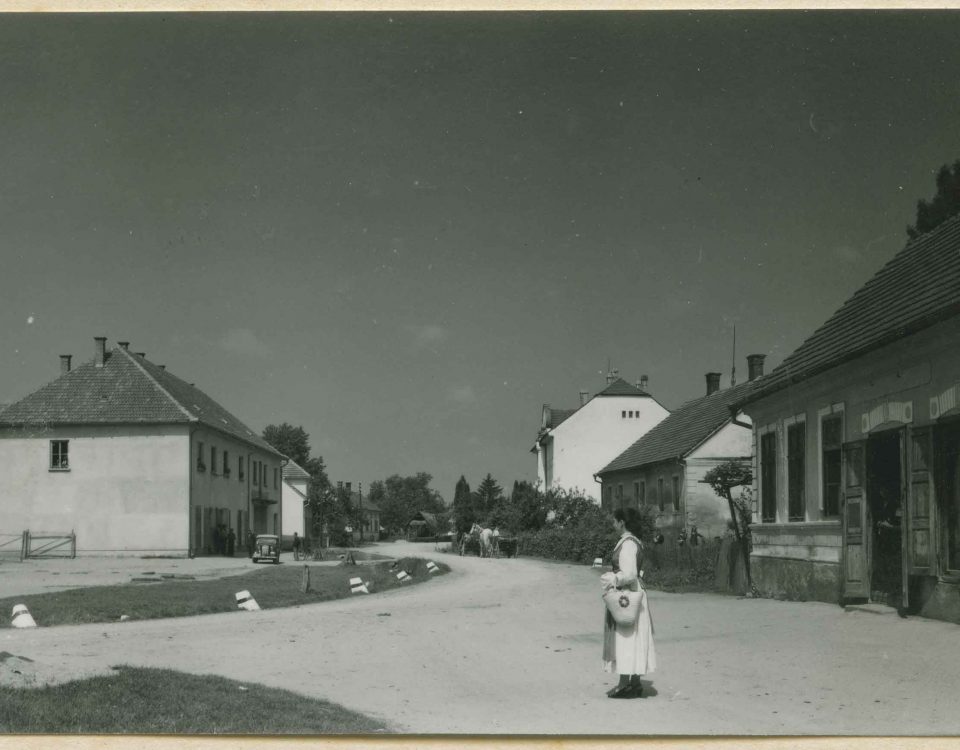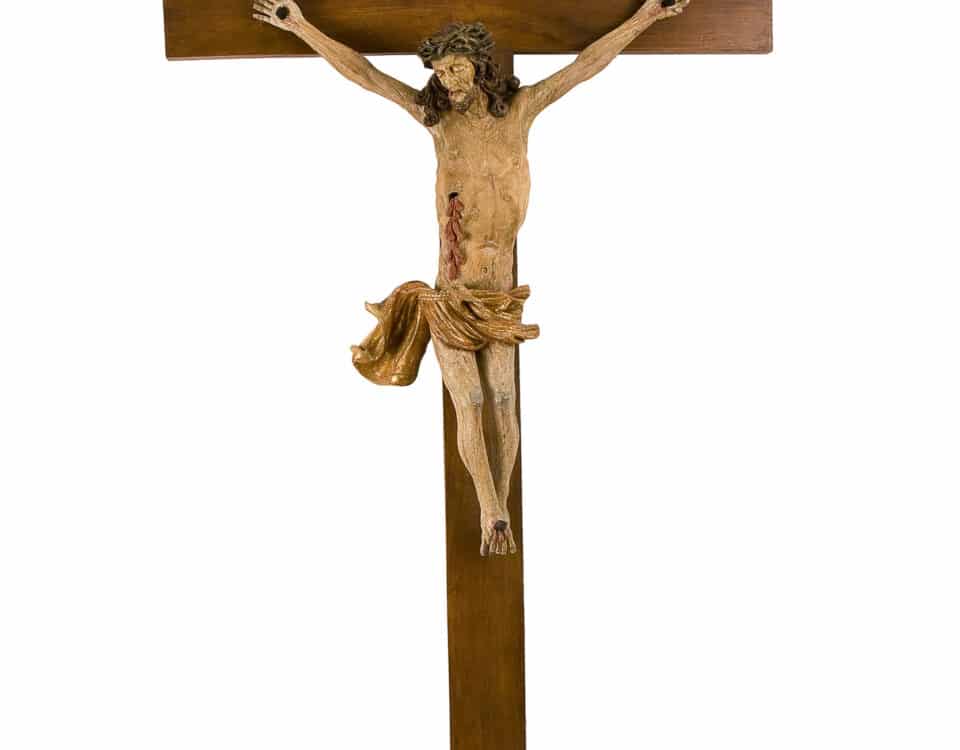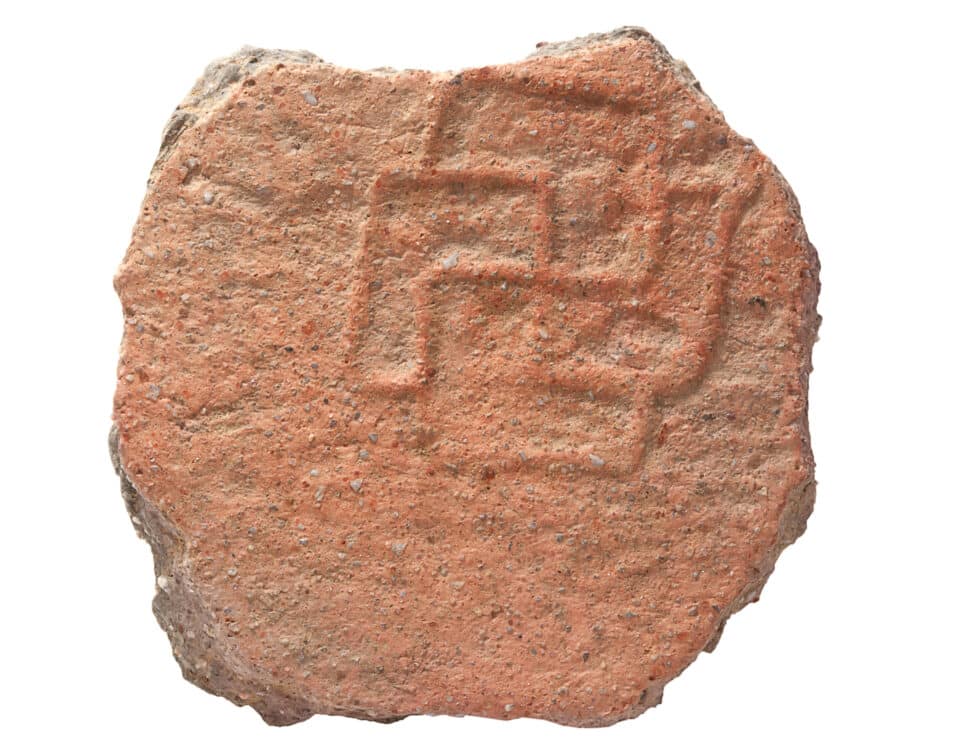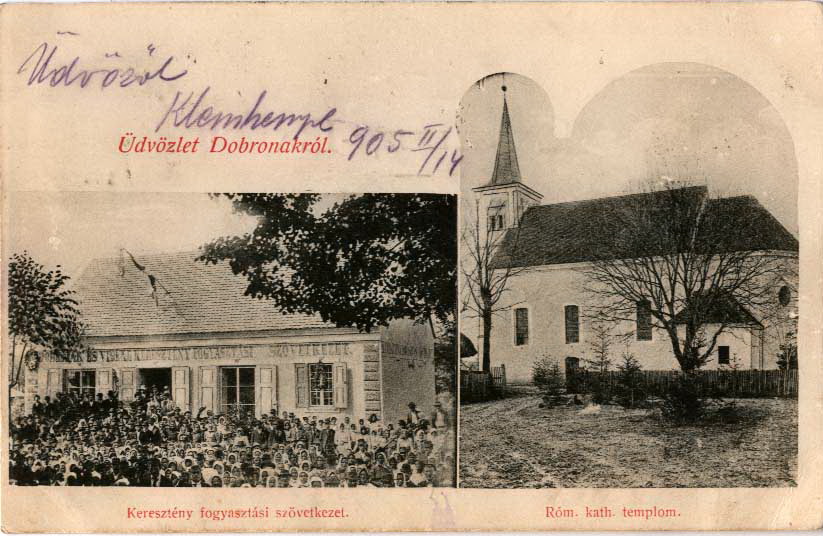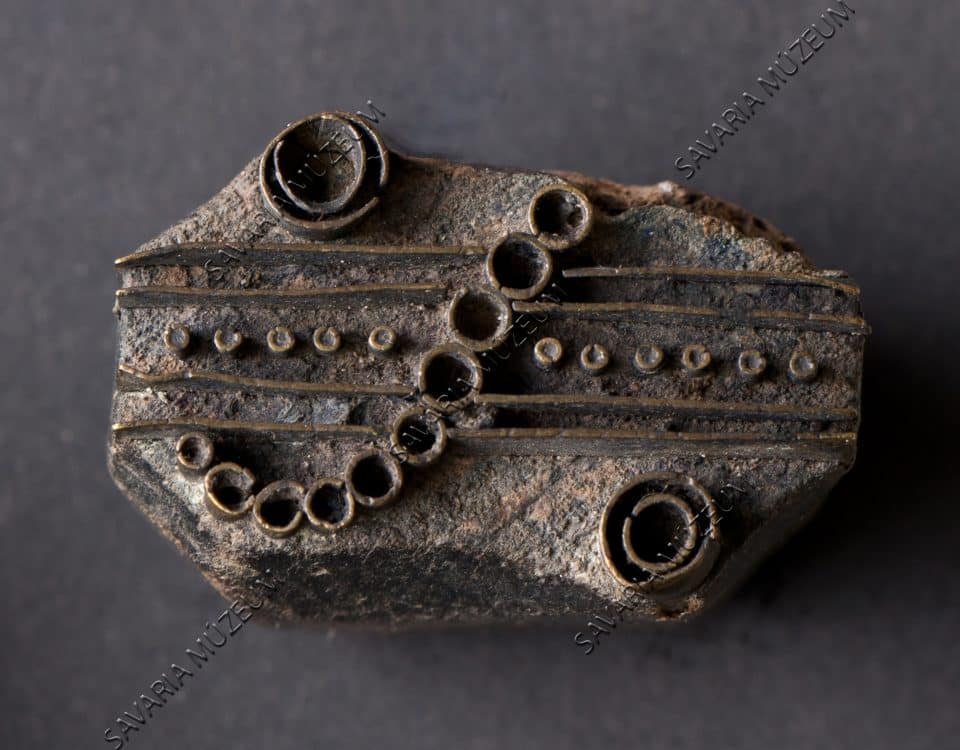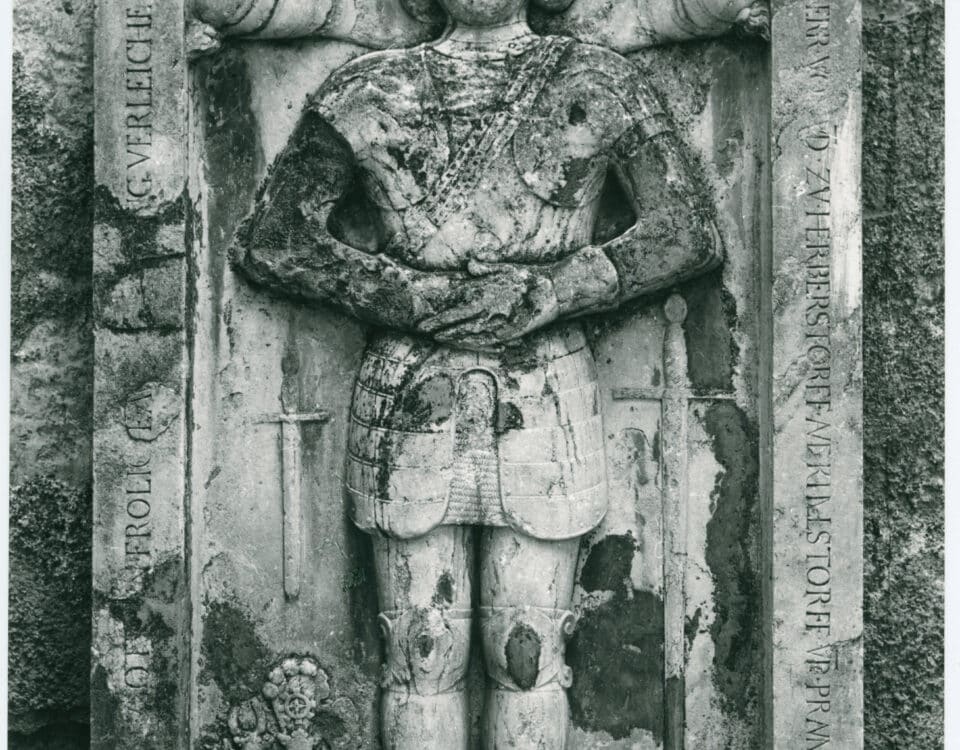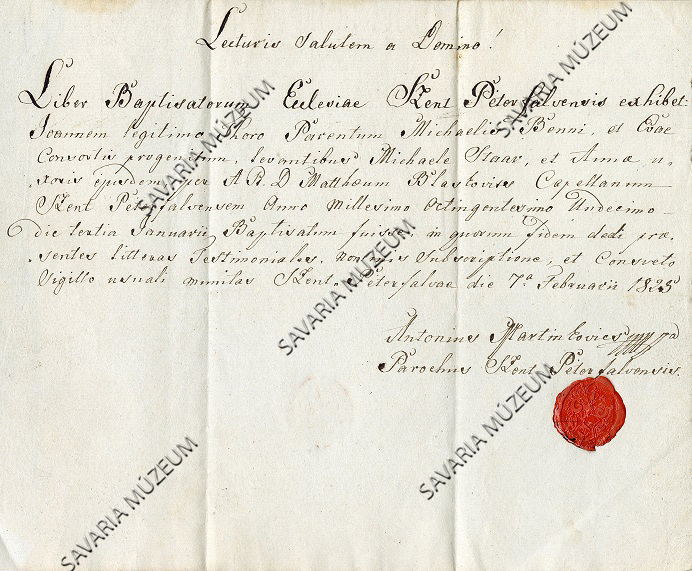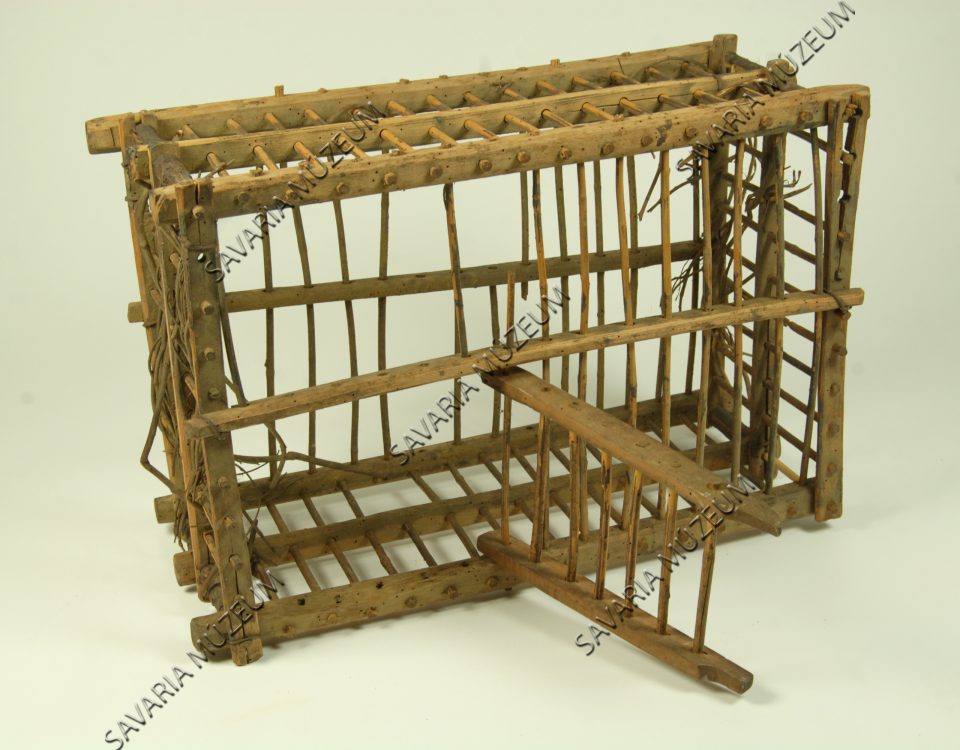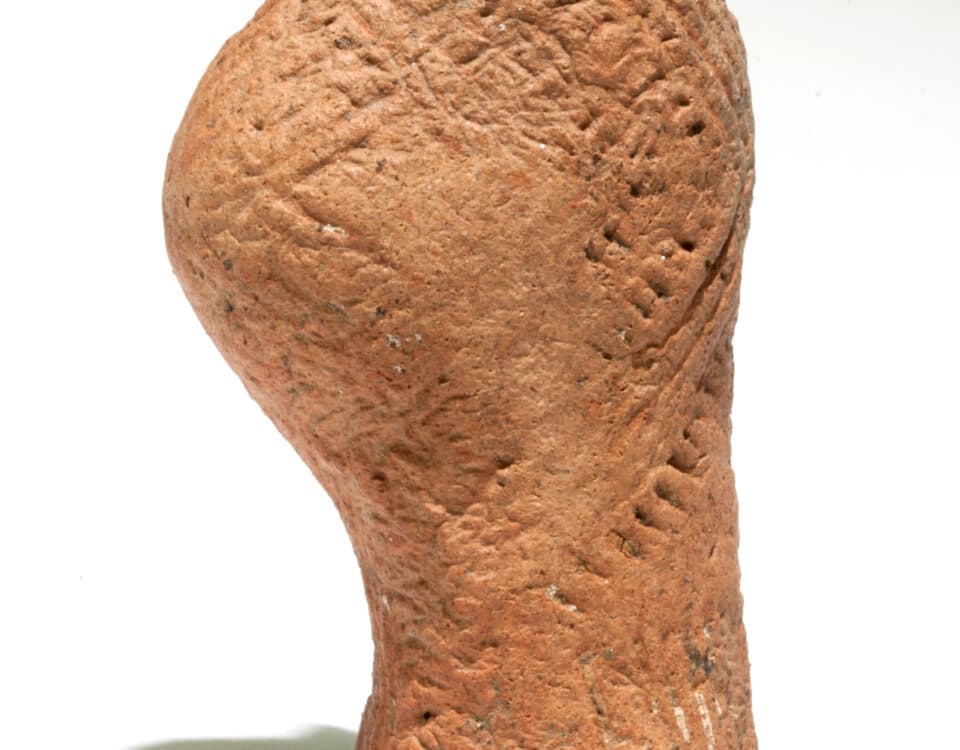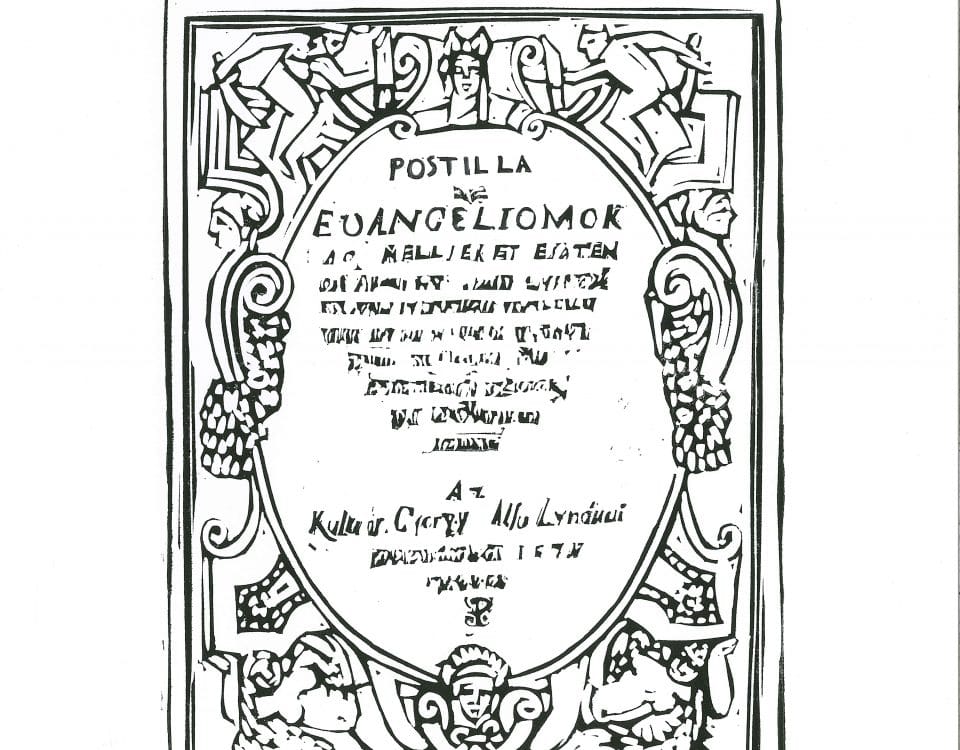Review of documented digitizers
4. March, 2020
Round baskets of straw and wicker, woven with spiral technique. It served for carrying grain or logs, either in hand or on head, placed on a head roll.
3. March, 2020
A homemade butter kneading table for eliminating the buttermilk from the churned butter. There are three curved slats that follow the curvature of the trough. The trough is a hollowed out piece of wood, the rolling-pin is heavily ribbed with handles at both ends. Part of the board is painted - apparently for secondary use.
10. February, 2020
The black and white photograph was taken by Jože Kološa - Kološ. The photo shows the village center of Cankova, the church, the square in front of it, the houses and the gravel road.
3. March, 2020
Until the end of the 19th century and the beginning of the 20th century, it was part of traditional men's wear throughout the country. Home-woven canvas pants cut from three pieces. Equipped with top hem and a “GS” monogram. Slightly tasseled at the bottom of the two legs.
30. April, 2020
Painted “tulip chest”. The front is decorated with a flower wreath with red and white flowers. The year 1844 is painted in the middle. Above the wreath there is an “An” and a “G” and underneath is “Mákos Gellértné”. Mrs. Sándor Tamaskó’s (b. 1905) grandmother married in 1880 and went from Őrihodos to Szalafő. She…
3. March, 2020
A christening set made for Mary (Mária Cziczer), born in St. Louis, US, in 1911, by her mother. She brought home her other two children and her daughter, Mary, who then was around the age of one. Her husband remained to work in the US. The son of Mária Cziczer, Ferenc Baumann was last baptized…
30. April, 2020
The church in Alsószölnök was built by Alajos Batthyány in 1815 and consecrated in 1816 by Bishop Lipót Somogy. The parish was founded in 1821 by Alajos Batthyány's widow, Countess Terézia Szapáry. The Latin inscription on the facade of the church, above the door: “IN HOC LOCO GLORIETVR VIRGO ET DEIPARA MARIA” “At this place,…
1. April, 2020
Portable, foot-operated cradle made of unpainted wood. On the head and footrests there are holes. These holes were used as handles when the child was carried when the parents went to work on the lands. The child was resting there – as far as the swathing let him/her to do that – while the parents…
29. April, 2020
Made of cherry wood, by carpentry technique. It has an upper chest-like part with a drawer at the bottom. Its front side is shaped as if it was a commode with three drawers. Each drawer has two wood buttons in a metal frame. In the middle there is a metal key-plate. Inside the crate there…
20. April, 2020
Photo of Črenšovci, one of the largest villages of Ravenska. Jože Kološa - Kološ (1920-1998), a photographer who worked for the Vestnik weekly paper. The photograph was taken in 1955 on the square in the village center of Črenšovci. This is probably a promotional picture. This is assumed because of the young woman in the…
18. August, 2020
Sculpture of Jesus crucified. The body is nailed to the cross with three nails. There is a loin cloth around his loins and a wound on his torso with thick drops of blood. Wounds and martyrdom are clearly visible on his face, hands, and feet, all are full of bruises and drops of blood. The…
15. May, 2020
At the site near Nedelica, remains of a mediaeval settlement were found. Among the findings was the bottom of a mediaeval pot, made on a potter's wheel. At the bottom, a potter's sign can be found, a feature common on pots in mediaeval times, most commonly in the shape of a wheel or a cross.…
20. April, 2020
The postcard was made sometime in the early 20th century, as indicated by the official name of the town at that time. In the picture, to the left, there is the building of a Christian consumer cooperative formed in the early 1900s, with the large membership before the building. It was established on the initiative…
4. March, 2020
Churn was a traditional tool for making butter at home. During the 20th century, such butter churns were common. In our area, churns with staves were more widespread, but potters also made earthenware churns. The churn from Szaknyér was a wide-bottomed pottery piece made on a potter’s wheel. A funnel-shaped receptacle can be fitted to…
31. March, 2020
Carved small-sized embroidery mould. The metal part is the negative of the mould. It was used in Nádasd in the early 20th century.
18. August, 2020
In a rectangular box with a German inscription around it is the life-like figure of a Protestant nobleman. He is dead, laid on a pillow; to one side of his body is a dagger above the heraldic symbol with a sword on the other. The deceased is wearing military clothing and a helm with raised…
30. April, 2020
Until the introduction of state registry on October 1, 1895, the church registers were considered official documents. The Monyorókerék estate was donated to the son of Konrád Ellerbach by King Louis the Great in 1369, and he built the sanctuary and sacristy around 1380. A century later, Berthold Ellerbach rebuilt and expanded the 15th-century church,…
19. February, 2020
The calling cage (“hiukalicka”) is a rectangular wicker cage. A live fieldfare was kept in this cage and the bird, with its song, lured the other fieldfares of the forest. They stuck to birdlime spread on the sticks pinned to the bushes. The sticks are in a thick sleeve-glued, tar-covered, thick leather case which has…
15. May, 2020
Hand thrown clay figurine from well-refined reddish, light-brown terracotta, that is chipped on top. The back of the figurine is also broken off, as in split in half along its entire length. The figurine has been decorated using the incision technique. The front and the side are adorned with several deeper, slanted incisions, two of…
10. February, 2020
The House of Bánffy in Dolnja Lendava (present-day Lendava) were the first noble family in Prekmurje to adopt Protestantism. From 1573 until 1574 Count Miklós VI hosted the printing press of Rudolf Hoffhalter in his castle at Lendava. The first books in Prekmurje and the territory of present-day Slovenia were printed on this press. These…

